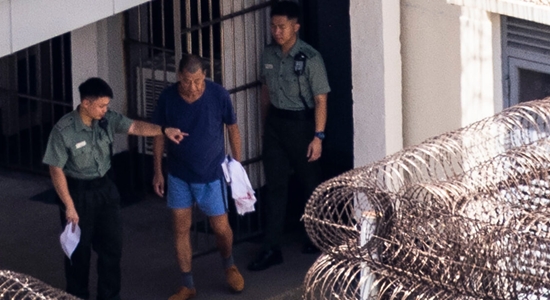
The agreement announced in July between China and the Philippines to end China’s hostilities against Philippine ships in the South China Sea was not going to last.
Actually, it never began: there was no agreement. As soon as the “agreement” was announced, Chinese spokesmen and Philippine spokesmen contradicted each other about the terms, with China saying that the Philippines had agreed to notify China every time a Philippine ship would be resupplying the Sierra Madre and the Philippines denying that it had agreed to any such thing.
China’s coast guard did refrain from harassing a Philippine ship the next time it had an opportunity to do so. But then China pointedly announced that it had been notified in advance about the mission by the Philippines and had received permission from the Philippines to board and inspect the Philippine ship and had done so. All of which, said the Philippines, was a lie.
Return to form
Now China is back to beating up Philippine ships in the South China Sea.
It’s not invariably reported this way. Semafor’s headline says “South China Sea tensions heighten as Chinese, Philippine vessels collide” (August 19, 2024). Just stumbled into each other, I guess.
According to VOA News, “renewed tensions” are testing “effort to maintain calm in South China Sea” (August 20, 2024).
Is there an effort to maintain calm? Both sides wish for calm. The Philippines would like to be left alone, and China would like the Philippines to surrender all control and rights over Philippine waters to China.
Analysts say the latest collision between Chinese and Philippine coast guard vessels near a disputed reef in the South China Sea is part of a campaign by Beijing to force Manila to soften its position. They say it also raises questions about whether the two can maintain calm, despite reaching a temporary agreement to avoid clashes in July.
Monday’s incident, which left a gaping hole in a Philippine coast guard vessel, occurred near Sabina Shoal, an area that lies within the Philippines exclusive economic zone, or EEZ. China says the partially submerged reef is part of its territory.
“China is trying to intimidate the Philippines and compel them to roll back their coast guard presence around [the contested reefs in the South China Sea],” said Collin Koh, a maritime security expert at Singapore’s S. Rajaratnam School of International Studies.
Koh said Monday’s incident around Sabina Shoal is the first reported clash near the reef, and shows that the Chinese coast guard is using a systematic approach to impose its territorial claims near three major flashpoints in the South China Sea, including the Second Thomas Shoal, Scarborough Shoal, and Sabina Shoal.
“These clashes are no longer isolated incidents, because the Chinese are using systematic approaches around the three flashpoints with the Philippines,” Koh told VOA by phone.
China contends that it was the Philippine ship that did the ramming. However, according to the laws of physics, it is impossible for a ship to ram itself. And the Philippine ship did not hit a big rock. It was attacked. By China’s ship.
Both countries released video evidence of the incident, or what purports to be video evidence.
Ray Powell, director of Stanford University’s Gordian Knot Center for National Security Innovation, told VOA: “The Chinese are trying to copy what the Philippines were doing [in terms of releasing videos and images of the incidents,] but they are not doing it effectively since they haven’t allowed any media outlet, including Chinese state media, to take part in their coast guard operations.”
According to Koh, the Philippines allows media outlets to join their patrols, which increases transparency and renders their reports of the collisions “a more convincing proposition” than China’s reports or misreports.
Colliding with the truth
But how would improving its coordination with media during its harassment missions help China to show that the Philippines is the party responsible for the collisions? China is responsible for the collisions.
A week earlier, notes China–Taiwan Weekly Update, the PLA Air Force had conducted “unsafe and unprofessional maneuvers while intercepting a Philippine military transport plane over Scarborough Shoal. This was the first time that the Philippine–PRC disputes in the South China Sea led to an aerial confrontation.”
Also see:
StopTheChinazis.org: “The Spratly Agenda”
StopTheChinazis.org: “Japan to the Rescue in the South China Sea?”
“Oddly enough, everyone in territorial disputes with China is negotiating, but no one is getting anywhere.”





